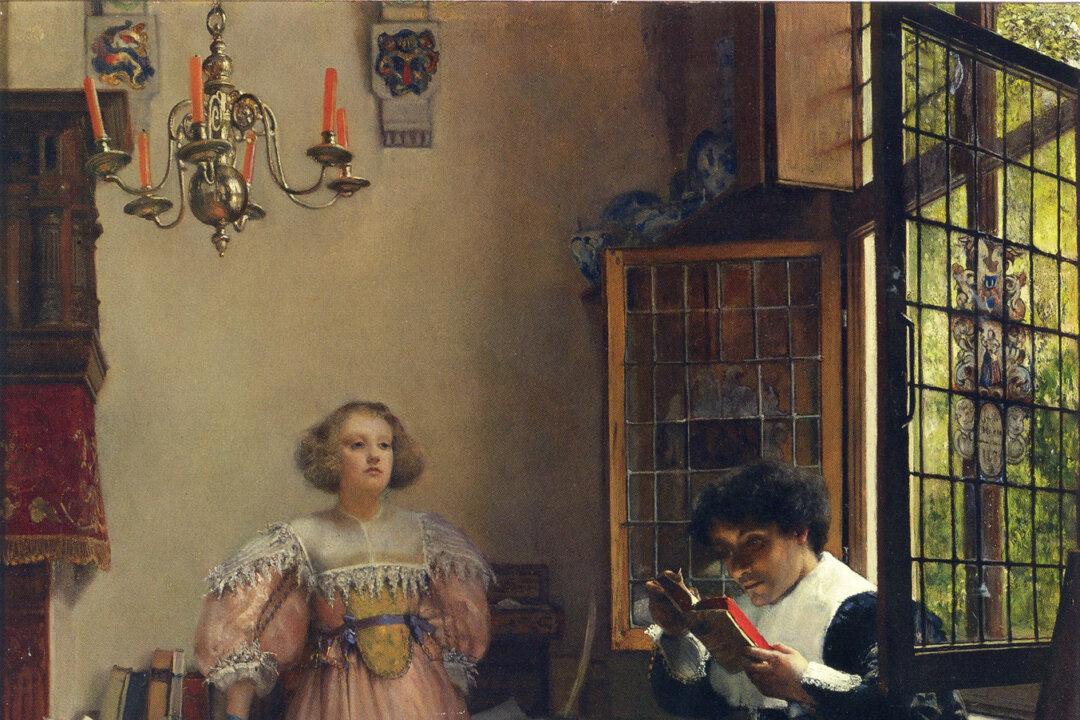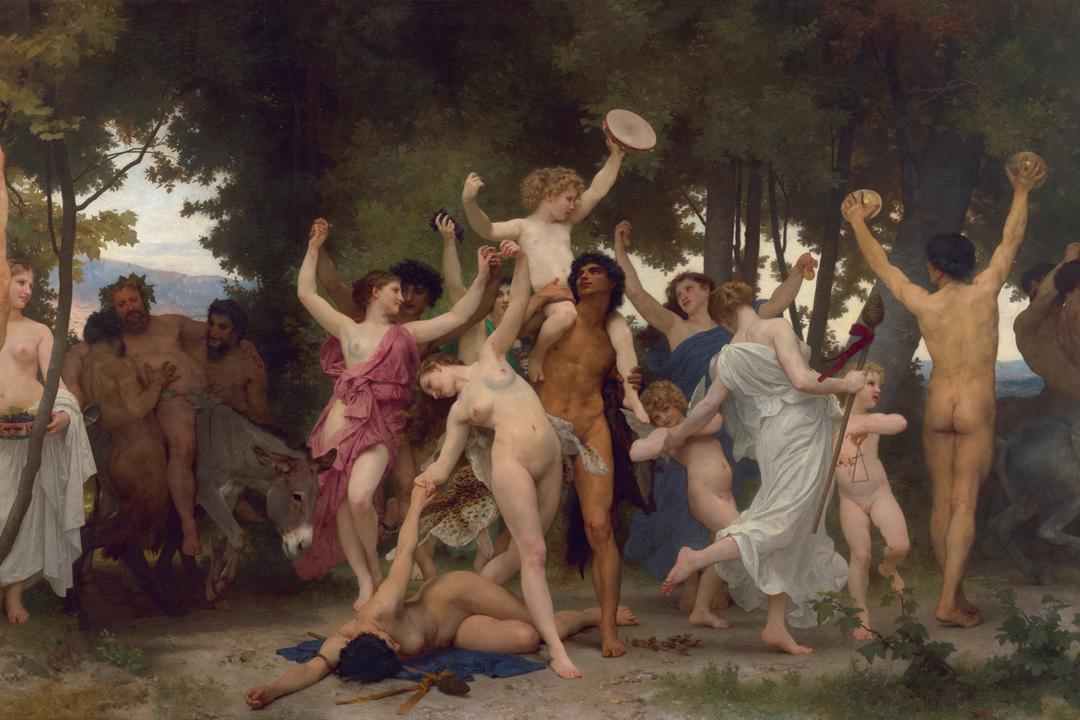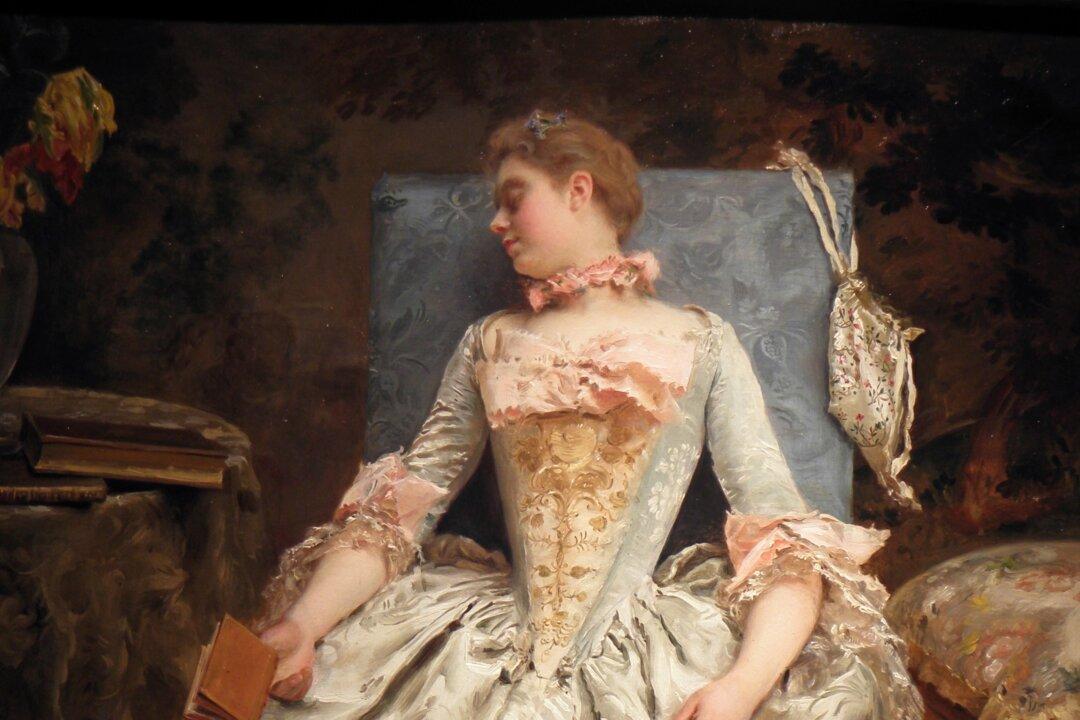As you will read later on in this series, academy and atelier schools were first opened to women artists in the latter half of the 19th century. Because of this, there were hundreds of women who were finally able to receive formal training.
Although there was still a majority of male artists, there were many female artists who established successful careers in both France and England during this period. Many of the most successful were related or married to the famous male artists of the day, though there were others that independently gained appreciation.
Elizabeth Jane Gardner Bouguereau (1837–1922) was an artist whose work, if ever mentioned, is often accused of too closely resembling that of her husband, the famous William Bouguereau. This was a criticism that originated during her lifetime. She became quite well known during her day and her response to this accusation was, “I know I am criticized for not more boldly asserting my individuality, but I would rather be known as the best imitator of Bouguereau than nobody!”
Clearly, Gardner Bouguereau felt that having to suffer the criticism that her work was too similar to that of the most famous and beloved artist of the time was preferable to not being discussed at all. Although her painting technique did closely resemble the skilled hand of her husband, she did in fact have a body of stunning works, many of which expressed her unique voice and gave her work a degree of separation.
Her painting titled “The Farmer’s Daughter” is a prime example. Paintings such as this have been misinterpreted by many 20th-century scholars as unrealistically idealizing peasants so that wealthy people could justify not supplying more aid to the poor. They were thought to be unrealistic for not showing hardened and dirty peasants as the work of some of the naturalists did. However, it would also be highly insulting and ignorant to say that all poor peasants were dirty and unattractive, and lived a life of drudgery. In fact, some of them modeled for this artist.
In reality, this painting is about the joy of life.






